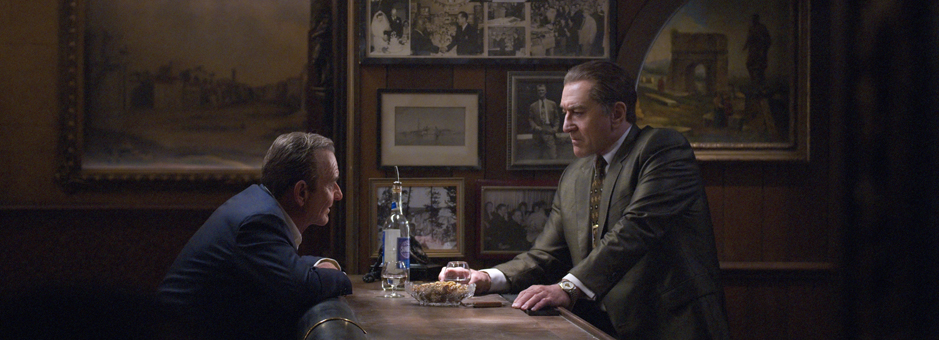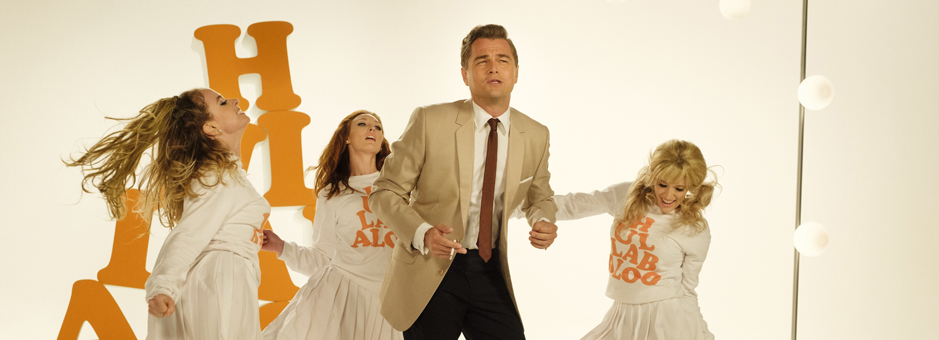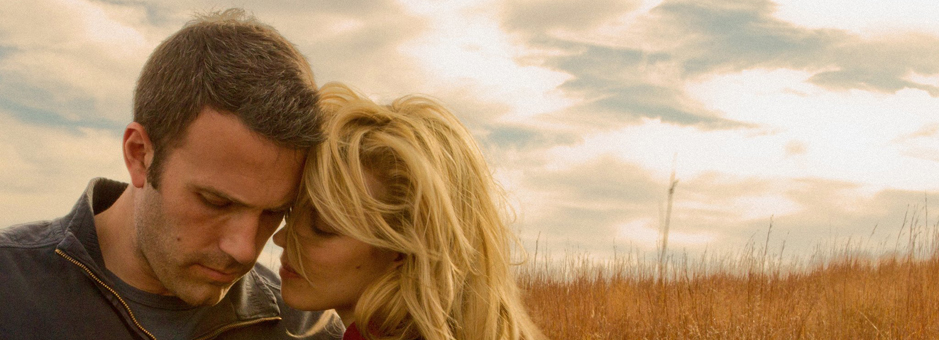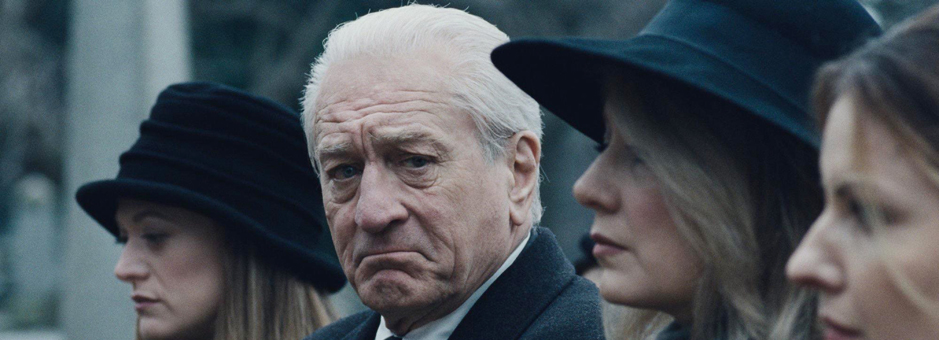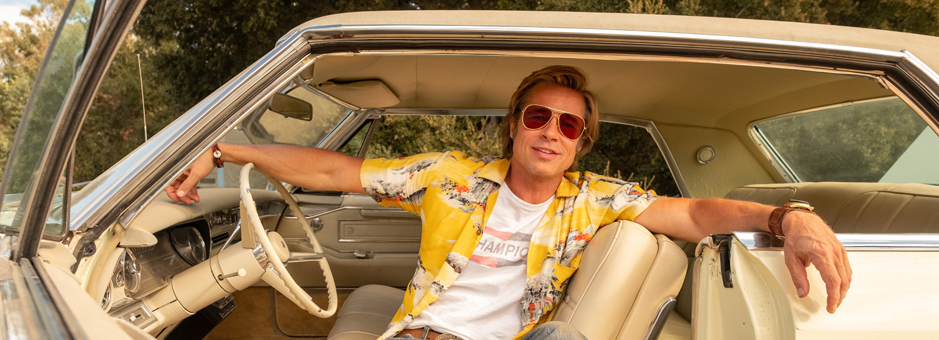Meet The Colourist
Yvan Lucas
DI Colourist, Los Angeles
Yvan Lucas is a veteran DI colourist with a unique international story. His career spans over 30 years and has involved working in 10 different labs, and included creative collaborations with a long list of iconic cinematographers such as Robert Richardson, Darius Khondji and Rodrigo Prieto.
Lucas credits the work he did with Khondji and director Jean-Pierre Jeunet – especially Delicatessen and The City of Lost Children – for launching his international career and leading him to Los Angeles.
I initially studied electronics, but soon realised it was not my path. When I was eighteen I was looking for a summer job. I had the idea of working as a projectionist, so I contacted theatres around my hometown in France. I received several positive answers and picked our local theatre, Le Rex, which was closest to my house.
I ended up staying there for a year and I went from being someone who liked movies to a true cinephile. At the time, the American movies we projected were iconic films such as The Shining, The Elephant Man, Raiders of the Lost Ark, Ordinary People, Kramer vs Kramer... This gave me the ambition to become more involved in the movie business somehow, somewhere.
I decided to move towards editing. I called CNC [Centre National du Cinéma, an agency of the French Ministry of Culture] to ask for their advice. They said I could start to learn editing by doing an internship in a lab. At the time, because film was predominant, this was the way you learnt the craft. And that is how I ended up at Laboratoires Éclair, after being interviewed by Olivier Chiavassa, head of production. I was really motivated - I even lied about owning a car and about being fluent in English... luckily he took me on board! I started there as an intern in 1983.
While today there are colourists all over the world, at the time this was not a profession people knew much about. As a colour timer, I was working exclusively on prints; this is how the dailies and final grading were done.
My mentors were Olivier Chiavassa and Pierre Reali, the best French colour timer of the day. With Pierre I learnt colour timing, and with Olivier I learnt how to discuss with directors and DoPs what they wanted - because colour timing is a technique that everybody can learn, but the most important thing is to understand and interpret the artistic thoughts of the director and cinematographer into colour.
Is this when you met Darius Khondji?
Everything started with Darius. I met him back in 1986 when he was a camera assist and we started collaborating on short films together.
We would work on special processes such as bleach bypass or ENR, which is how we did Delicatessen and The City of Lost Children. After a while, he asked me to come to LA and work with him – he was shooting Se7en for David Fincher at the time. And that is how I decided to become a freelancer, which was not an easy choice as each laboratory over the world usually had its own resident colour timer.
At first, I spent a week on set in downtown LA; I met David Fincher there for the first time. I was really young and very much impressed. Six months later, I started to colour the movie at Deluxe Lab. After gaining valuable experience on such a classic film, I managed to work independently for over fifteen years.
The DoPs or the Directors often contact me directly.
In 2005, I remember someone calling me, asking to speak to the colour timer of The City of Lost Children. He knew my work with Darius, loved it, and asked me to do the dailies for Steven Spielberg’s new project. It was Janusz Kaminski, the cinematographer, and the movie was Munich.
Tell us about working with the French director Luc Besson.
Luc Besson was only 29 years old when he directed The Big Blue. He came to Éclair to see the print that had been done by the senior colour timer and approved by the DoP (I was still an intern at the time). In the room, as they started the movie – and I still remember this vividly – Luc Besson asked around, “Remind me of the title of my movie.” Ironically, the water shot on the screen was green, cyan. After this, the DoP and the colour timer had to stop working on it. Luc asked Olivier Chiavassa and I to work all night to get a print that was much more blue, so that Besson could go to Cannes Festival a couple of days later.
This is how I met Luc Besson and then became his colour timer.
How did you start working with Bob Richardson?
I met Bob in Paris. We had breakfast and discussed the making of The Double, directed by Roman Polanski. He thought I was young and maybe not as experienced as the colour timers he was used to working with in the US, so he decided to test me. He shot random shots in Paris: macros of flowers, statues, windows etc. I made two prints, the first on regular print stock and the second with an ENR process. The movie never happened but Bob watched the test and loved it. He asked if I would be interested to work for him in Hollywood. At that time I was not ready to move to Los Angeles but I did a few films with him, like The Horse Whisperer and The Four Feathers.
When did you move to digital grading?
My first experience using digital tools was on Jean-Pierre Jeunet’s Amélie in 2001. It was the very start of the digital intermediate era; 3D lookup tables (LUTs), for instance, did not exist yet. I didn’t know video grading at the time so Jean-Pierre suggested that I work with Didier Le Fouest, a video timer who specialised in commercials. He was using the Pandora Pogle colour corrector. Due to the lack of lookup tables that would typically be used to match digital to print, I would have to predict the colour of the film by relying on my colour timing skills and memory. At that time nobody really knew how complex the process was, and Didier and I formed a strong team.
We invested in a Colossus [which became Autodesk Lustre]. Eventually we were able to grade movies in a log mode, and this is how I did Jean-Pierre’s A Very Long Engagement (for which Bruno Delbonnel won the ASC best cinematography award), and Alexander for Oliver Stone, with DoP Rodrigo Prieto. Rodrigo then brought me in to grade Babel at Laser Pacific in Los Angeles.
By then I had so many opportunities to work in the US that I decided to reside in LA permanently, and work at Efilm.
How did you eventually get into Baselight?
My first movie on Baselight was To The Wonder, directed by Terrence Malick, with cinematography by Emmanuel Lubezki. I almost looked like a junior because my hands were not familiar with the system yet.
Baselight was a re-discovery, and I came to realise how great the system was, and just how powerful it could be.
Is there a tool that you prefer?
I enjoy using Base Grade, especially to touch highlights or if I have to do something in the shadows. It was instrumental on The Irishman as I just don’t have to use as many windows or keyers. Base Grade is particularly key for HDR theatrical releases, and I’ve also come to use the Boost Colour and Boost Contrast tools more and more.
Base Grade, in particular, has really revolutionised the way colourists grade as it works the same way in every working colour space. I’m not sure that everybody has yet realised its potential and its power.
FilmLight is probably one of the companies that follow and help their clients the most, and they have a very important support system. They don’t abandon their clients once the system has been bought.
Baselight is my Rolls Royce.
Working with Scorsese, Rodrigo [Prieto], and Thelma [Schoonmaker]... it’s very relaxed. We ate a lot of popcorn. More seriously, with Scorsese, colouring becomes a tool to serve the narrative, guiding the eyes of the viewer.
How was the look developed by the filmmaker and the director?
Rodrigo and Martin wanted LUTs for the early and late 50’s, 60’s and 70’s to help the cut. Coluor scientist Matt Tomlinson and I developed LUTs based on Ektachrome, Kodachrome and bleach.
Élodie Ichter, who has worked with me since 2008, had handled all the dailies already with these LUTs at HARBOR New York while they were shooting. She used FilmLight’s dailies platform, Daylight, and that gave me the foundation for the final grade.
If there was one movie that you wish you could have graded, which one would that be?
Dracula. I just love this movie and I always dreamed to work with Francis Ford Coppola. Talking about dreams... I’d love one day to work with Christopher Nolan too.
What would you say to someone who wants to start in colour?
I was lucky because I learnt in a photochemical lab. When you are making colour on the print, you don’t see what you are doing directly. This is why and how I’ve acquired my colour memory. If I see a shot in a movie that I am colour timing, then see the same scene 20 minutes later, I know exactly what to do without even looking.
Think about continuity as the basis of colour grading. Perfect continuity is what makes a good colourist. For example, Tarantino’s The Hateful 8 is one single scene from the beginning to the end. It’s all shot on 70mm film: 80% from a four-month location shoot in a cabin in Colorado; the pickups on a sound stage in Hollywood. You have to match everything together – that’s the most difficult thing to do.
Then comes your personal touch and talent – they differentiate you. So watch movies, go to painting and photography exhibitions. Listen to what the director and the cinematographer are asking for, and imagine how to translate those feelings to the screen.
Join In
If you want to participate in our MTC programme, we'd love to hear from you. Contact:
Alexa Maza
e: [email protected]
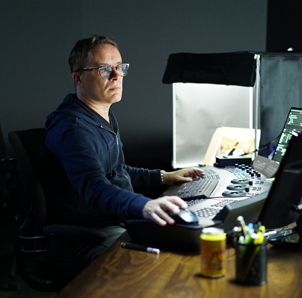
“Think about continuity as the basis of colour grading. Perfect continuity is what makes a good colourist.”
Details
Colourist: Yvan Lucas
Role: DI Colourist




